I was nominated by my friend Judy Dykstra-Brown to post one favourite travel picture a day for ten days without explanation, then to nominate someone else to participate. That’s 10 days, 10 travel pictures, and 10 nominations. Now I nominate Anna of https://flutterandhum.wordpress.com . Please link to me so I know you have participated. I understand you can’t take it up immediately. Nowhere in the rules does it say you can’t guess where the photo was taken and that I can’t agree if you are right. Derrick
Author: admin
Return To Brompton Cemetery
Last night I finished reading ‘Neroism is in the Air’ – Germany: 1890-1914, being chapter 6 of ‘The Proud Tower’, Barbara W. Tuchman’s excellent analysis of the build up to WWI.
Writing of music, philosophy, theatre and literature, the author focusses on the country’s competitive culture. She begins with the strident strains of Richard Strauss reflecting Nietzsche’s concept of ‘rule by the best’ and the Kaiser’s arrogant military ambitions, continuing to Wilde’s Salome and other bloodthirsty tragedies which captured the soul of much of the nation, uncannily presaging the current conflicts in her own country. Gentler voices are drowned by the violence of others. Tuchman does not neglect the considerable contribution of Jewish people to all aspects of life, despite the rising anti-Semitism.
Today was one to stay inside and keep dry. I therefore scanned another batch of colour slides made in May 2008 and February 2009.









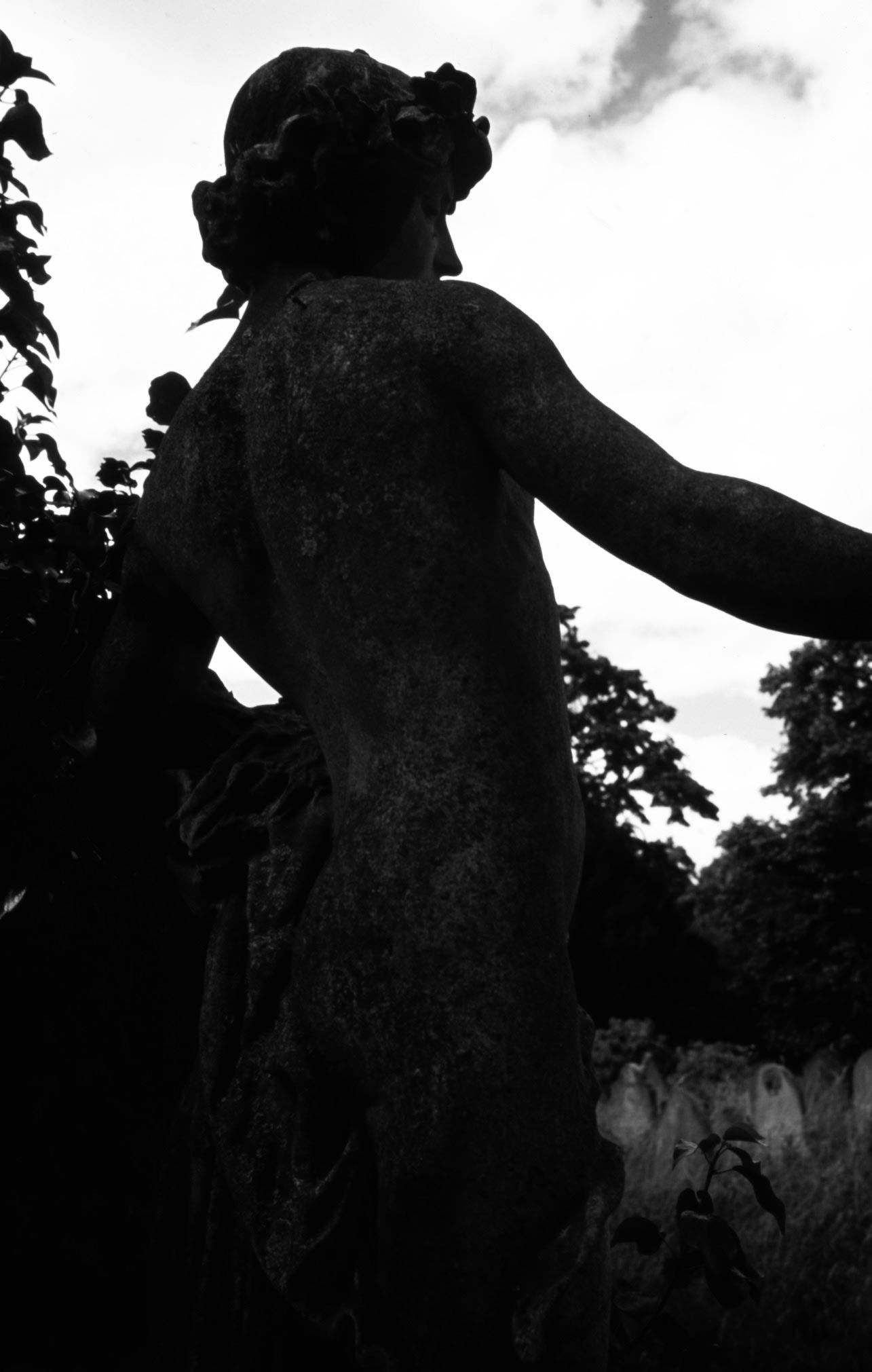


All black and white images in this post have been converted.
The body of Emmeline Pankhurst lies here. Her memorial has been bound with the suffragette colours.
‘Emmeline Goulden was born on 14 July 1858 in Manchester into a family with a tradition of radical politics. In 1879, she married Richard Pankhurst, a lawyer and supporter of the women’s suffrage movement. He was the author of the Married Women’s Property Acts of 1870 and 1882, which allowed women to keep earnings or property acquired before and after marriage. His death in 1898 was a great shock to Emmeline.
In 1889, Emmeline founded the Women’s Franchise League, which fought to allow married women to vote in local elections. In October 1903, she helped found the more militant Women’s Social and Political Union (WSPU) – an organisation that gained much notoriety for its activities and whose members were the first to be christened ‘suffragettes’. Emmeline’s daughters Christabel and Sylvia were both active in the cause. British politicians, press and public were astonished by the demonstrations, window smashing, arson and hunger strikes of the suffragettes. In 1913, WSPU member Emily Davison was killed when she threw herself under the king’s horse at the Derby as a protest at the government’s continued failure to grant women the right to vote.
Like many suffragettes, Emmeline was arrested on numerous occasions over the next few years and went on hunger strike herself, resulting in violent force-feeding. In 1913, in response to the wave of hunger strikes, the government passed what became known as the ‘Cat and Mouse’ Act. Hunger striking prisoners were released until they grew strong again, and then re-arrested.
This period of militancy was ended abruptly on the outbreak of war in 1914, when Emmeline turned her energies to supporting the war effort. In 1918, the Representation of the People Act gave voting rights to women over 30. Emmeline died on 14 June 1928, shortly after women were granted equal voting rights with men (at 21).’ (BBC.co.uk)
‘Little is known about Albert Emile Schloss (1847-1905), except that he was from Mayance, the French name for the city of Mainz on the Rhine in Germany. According to the cemetery’s burial register, Albert died at the Hyde Park Hotel in London.’ (royal parks.org.uk). These two cherubs adorn his plinth.
Metropolitan Anthony Bloom is commemorated with his mother, Xenia.
‘His Eminence Metropolitan Anthony Bloom (June 6, 1914 – August 4, 2003) was bishop of the Diocese of Sourozh, the Russian Orthodox Church in Great Britain and Ireland.
He was born in Lausanne, Switzerland. He spent his early childhood in Russia and Persia, his father being a member of the Russian Imperial Diplomatic Corps. His mother was the sister of Alexander Scriabin, the composer. During the Bolshevik Revolution the family had to leave Persia, and in 1923 they settled in Paris where the future metropolitan was educated, graduating in physics, chemistry and biology, and taking his doctorate in medicine, at the University of Paris.
In 1939, before leaving for the front as a surgeon in the French army, he secretly professed monastic vows in the Russian Orthodox Church. He was tonsured and received the name of Anthony in 1943. During the occupation of France by the Germans he worked as a doctor and took part in the French Resistance After the war he continued practising as a physician until 1948, when he was ordained to the priesthood and sent to England to serve as Orthodox Chaplain of the Fellowship of St. Alban and St. Sergius. He was appointed vicar of the Russian patriarchal parish in London in 1950, consecrated as Bishop in 1957 and Archbishop in 1962, in charge of the Russian Orthodox Church in Great Britain and Ireland (the Diocese of Sourozh). In 1963 he was appointed Exarch of the Moscow Patriarchate in Western Europe, and in 1966 was raised to the rank of Metropolitan. At his own request he was released in 1974 from the function of Exarch, in order to devote himself more fully to the pastoral needs of the growing flock of his diocese and all who come to him seeking advice and help.
Metropolitan Anthony received honorary doctorates from Aberdeen University (“for preaching the Word of God and renewing the spiritual life of this country”); from the Moscow Theological Academy and Seminary for his theological, pastoral, and preaching work; from Cambridge University; and from the Kiev Theological Academy. His first books on prayer and the spiritual life (Living Prayer, Meditations on a Theme, and God and Man) were published in England, and his texts are now widely published in Russia, both as books and in periodicals.
Many Orthodox Christians in Great Britain and throughout the world consider Metropolitan Anthony to be a saint.’ (https://orthodoxwiki.org/Anthony_(Bloom)_of_Sourozh)
‘Allan and Iris Burnside were the grandchildren of the founder of Eaton’s, once Canada’s largest chain of department stores until financial difficulties in the 1970s led to their eventual takeover by Sears Canada in 1997, and closure in 2002. Iris Burnside died aboard the Lusitania when the ship was torpedoed by a German U-boat on 7 May 1915. Her mother, Josephine, was also aboard but survived. Allan died in Paris in 1937. The memorial is believed to have been erected on Josephine’s death in 1943.’ (https://historicengland.org.uk/listing/the-list/list-entry/1403346)
This evening we dined on Jackie’s cottage pie with carrots al dente, tender runner beans and thick, meaty, gravy with which she drank Hoegaarden and I drank Mendoza Malbec 2019.
Travel Challenge, Day 7
I was nominated by my friend Judy Dykstra-Brown to post one favourite travel picture a day for ten days without explanation, then to nominate someone else to participate. That’s 10 days, 10 travel pictures, and 10 nominations. Now I nominate Crystal Trulove . Please link to me so I know you have participated. If you are not interested, no problem. Nowhere in the rules does it say you can’t guess where the photo was taken and that I can’t agree if you are right. Derrick
Just In Time To Catch It
I spent much of this day of sunshine and showers writing Christmas cards and making prints at my desk which has a direct
view into the kitchen.
It wasn’t far off sunset when we posted the messages, but we just had time to catch it at








Mudeford. Note that the capsized boat I spotted a week or so back has still not been righted. The penultimate picture in this gallery is by Jackie who also photographed


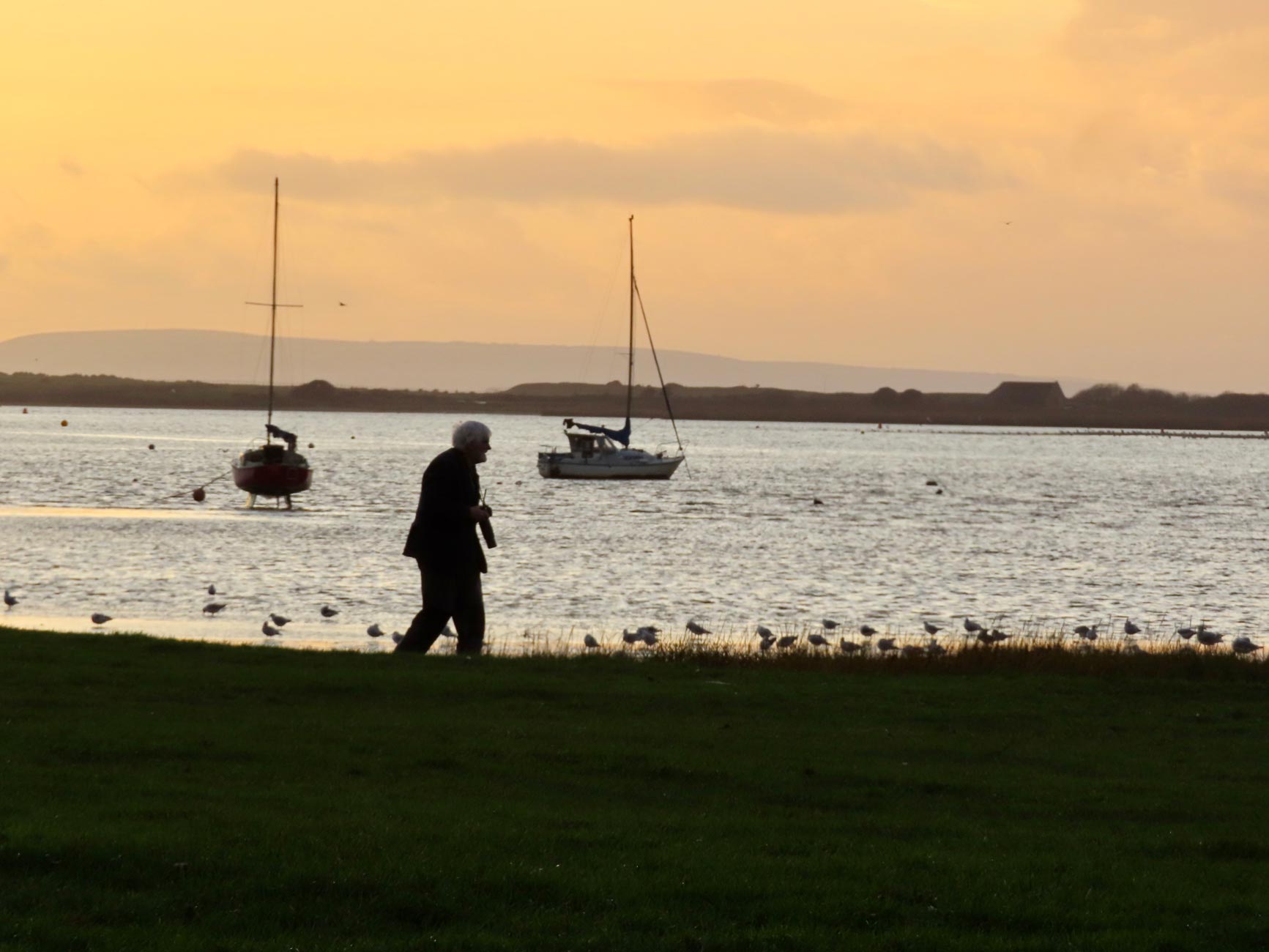
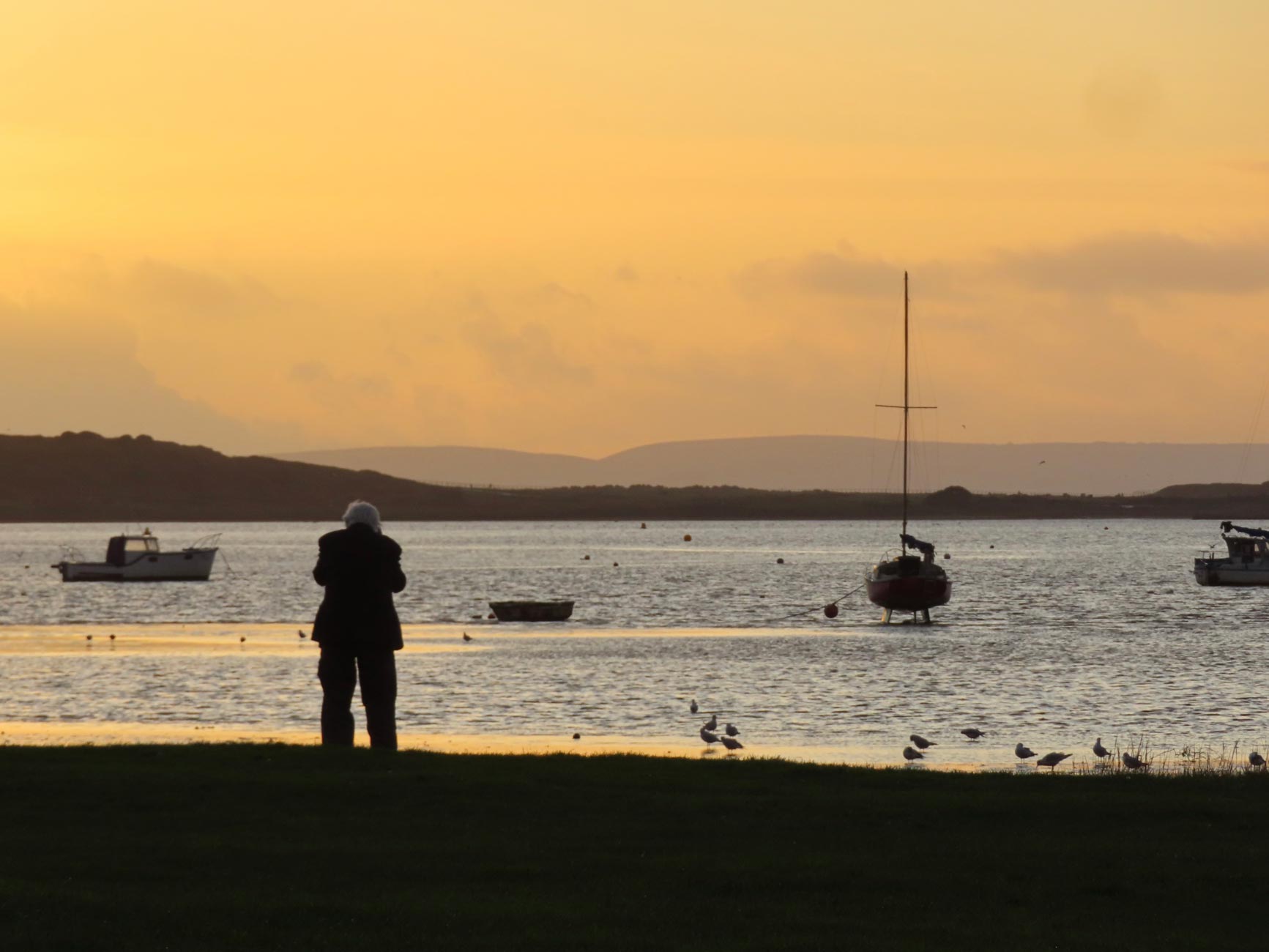

me at work,


and gulls in flight against the golden light.




My gulls were generally basking in their reflected glory until, squawking in a squabble over breadcrumbs,

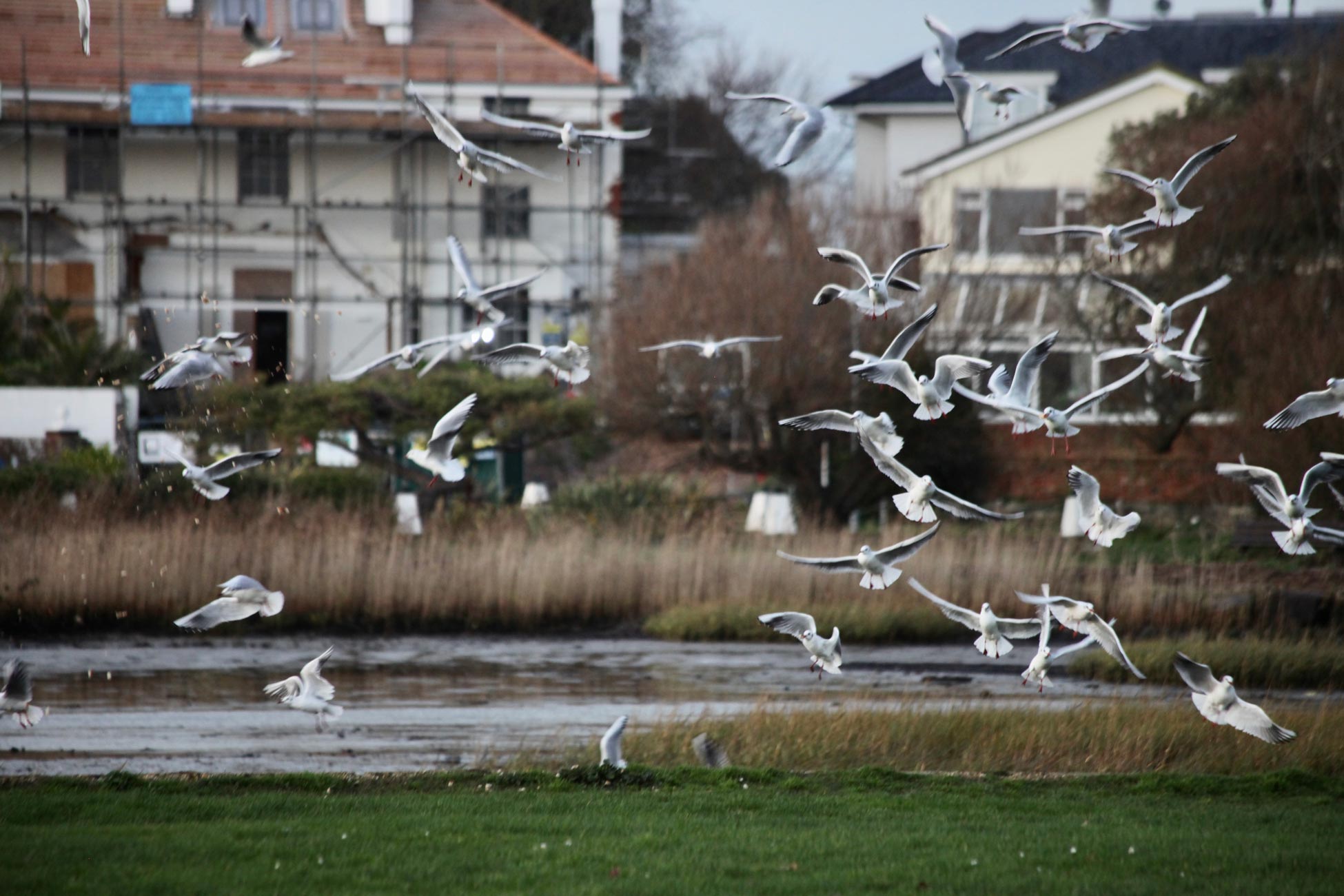
they auditioned for a remake of Alfred Hitchcock’s “The Birds”.
I also photographed a cameraman who may have produced an image like
this one of Jackie’s incorporating dusky masts, buildings, and darkening clouds tinged with pink.
This evening we dined on Jackie’s spicy hot pasta arrabbiata with garlic; and stir fried garlic with three coloured peppers and green beans, with which the Culinary Queen drank Hoegaarden and I finished the Malbec.
Travel Challenge, Day 6
I was nominated by my friend Judy Dykstra-Brown to post one favourite travel picture a day for ten days without explanation, then to nominate someone else to participate. That’s 10 days, 10 travel pictures, and 10 nominations. Now I nominate Rupali . Please link to me so I know you have participated. If you are not interested, no problem. Nowhere in the rules does it say you can’t guess where the photo was taken and that I can’t agree if you are right. Derrick
A Nippy Little Pig
When I ran regularly across London to work I would adapt my route according to traffic conditions. This is what Jackie did early this morning as we took a drive in what we knew would be the very small window of reasonable light when she had to follow
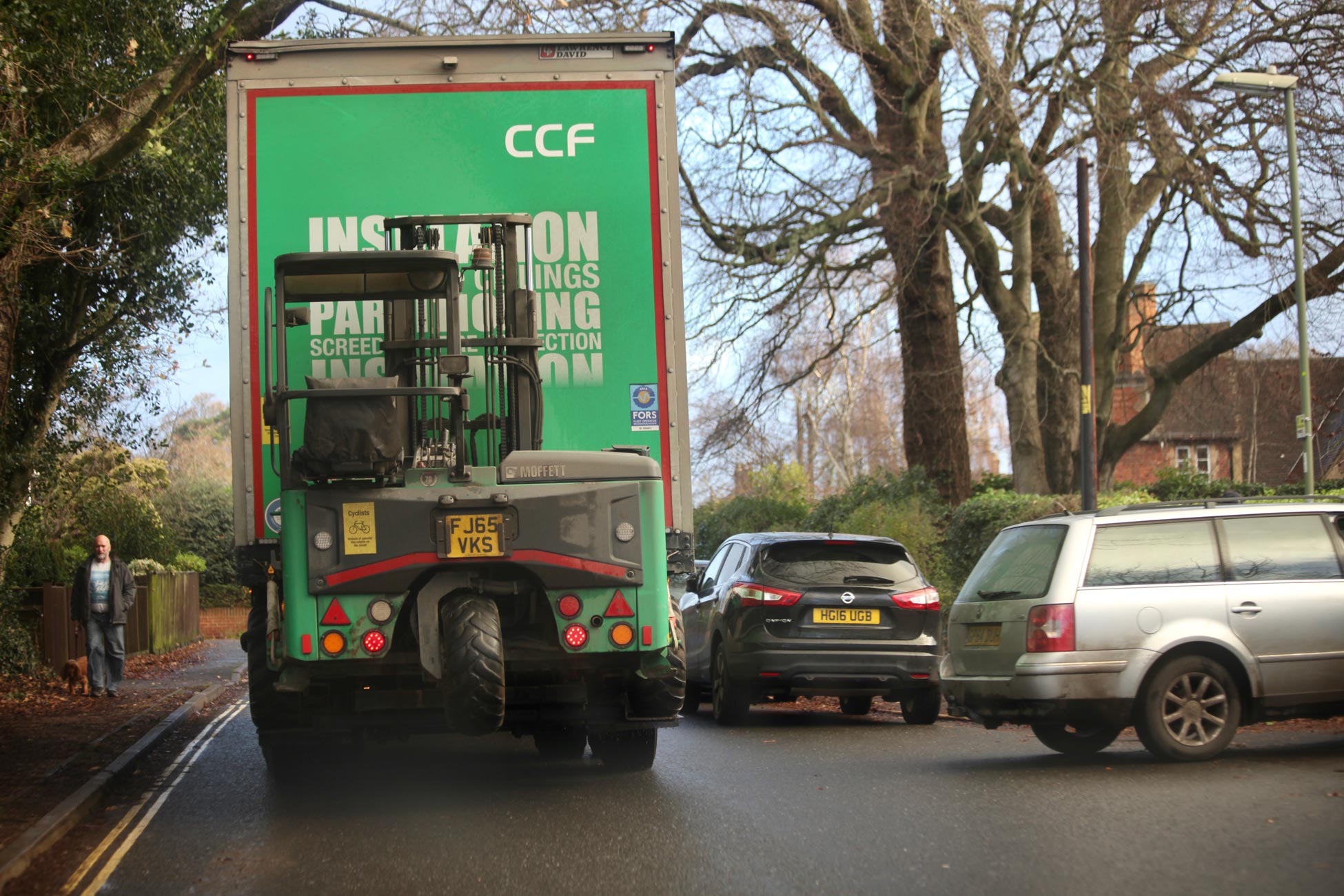

a huge vehicle negotiating its way along Hordle Lane which was difficult enough without the Mums’, Dads’ and Grandparents’ school run. At the junction with Everton Road the large motor turned left so we continued straight on once the school crossing lollipop man granted his permission.





The stream meant to run under Holmsley Passage flowed fast over the ford. Having dropped me on the far side Jackie drove back through the water to present me with a photogenic splash.


I also pictured woodland with a fallen tree, and a grey pony more interested in us than in its relative trotting behind it.
On the moorland stretch of the road a burnished bay blended with browned bracken;




and billowing clouds soared above hazy landscapes.

There is always a large reflective pond on the left up Clay Hill.


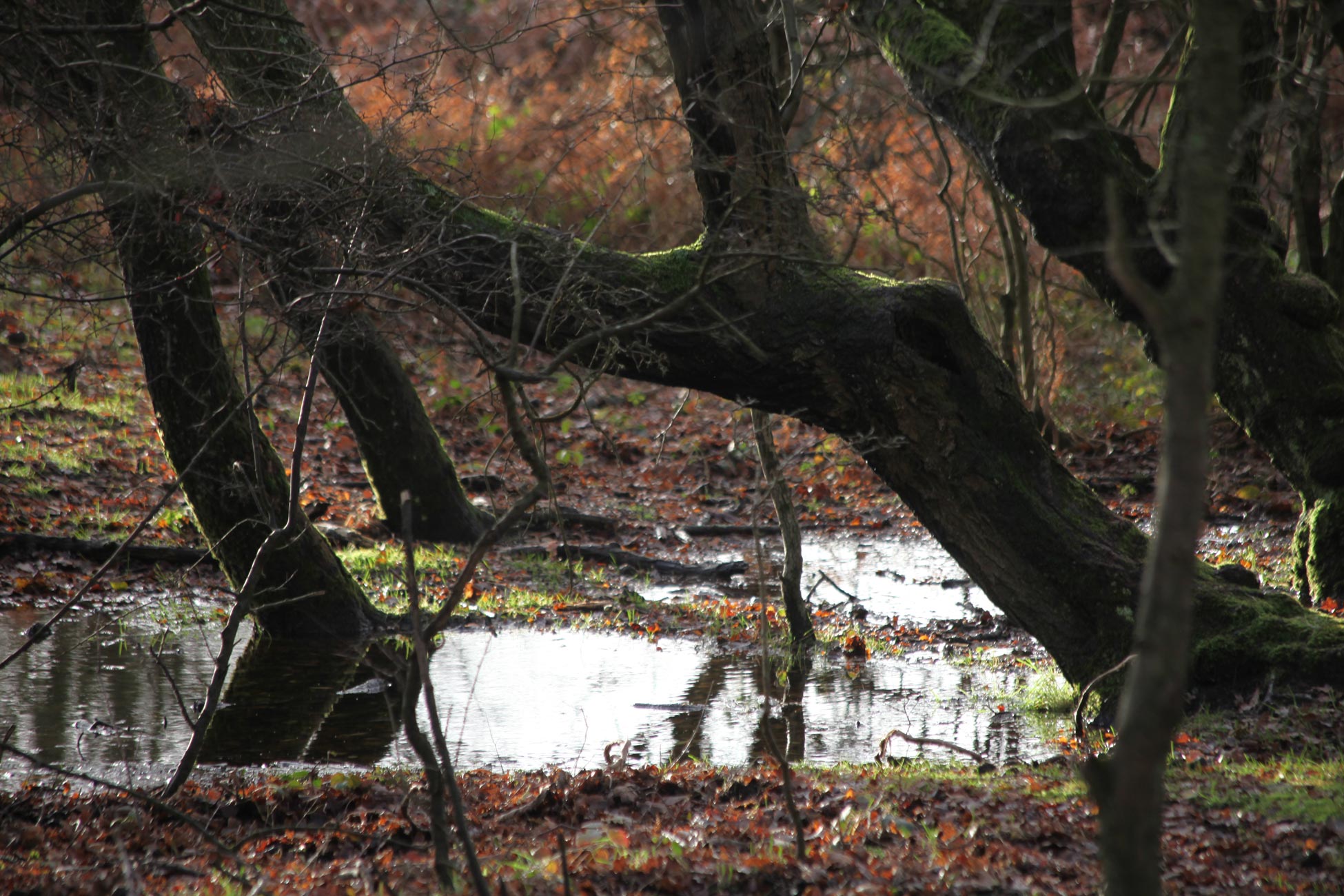
Today a winterbourne stream provided another mirror on the right hand side.
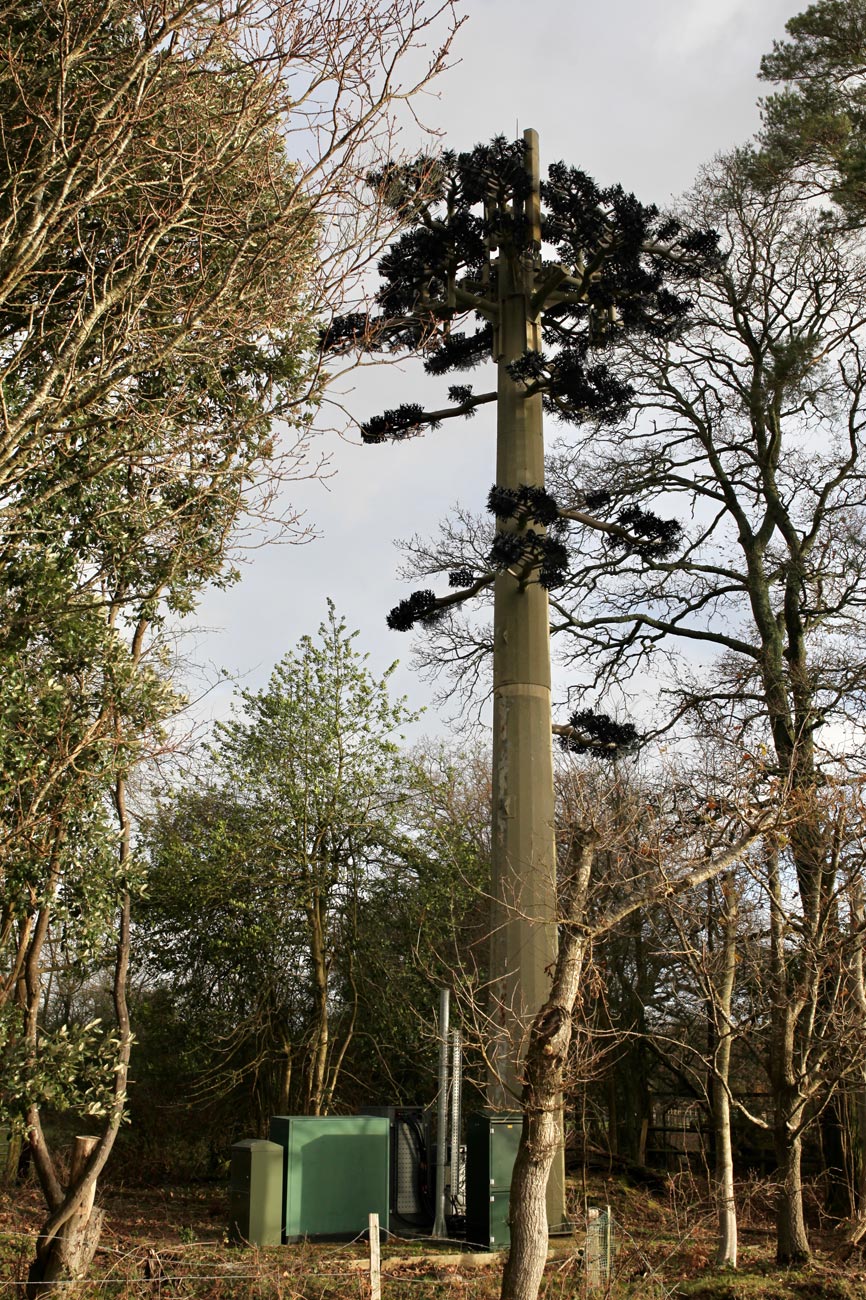


In order for mobile phone masts to be permitted in the forest they are required to adopt an arboreal appearance. There is one at the bottom of this hill.






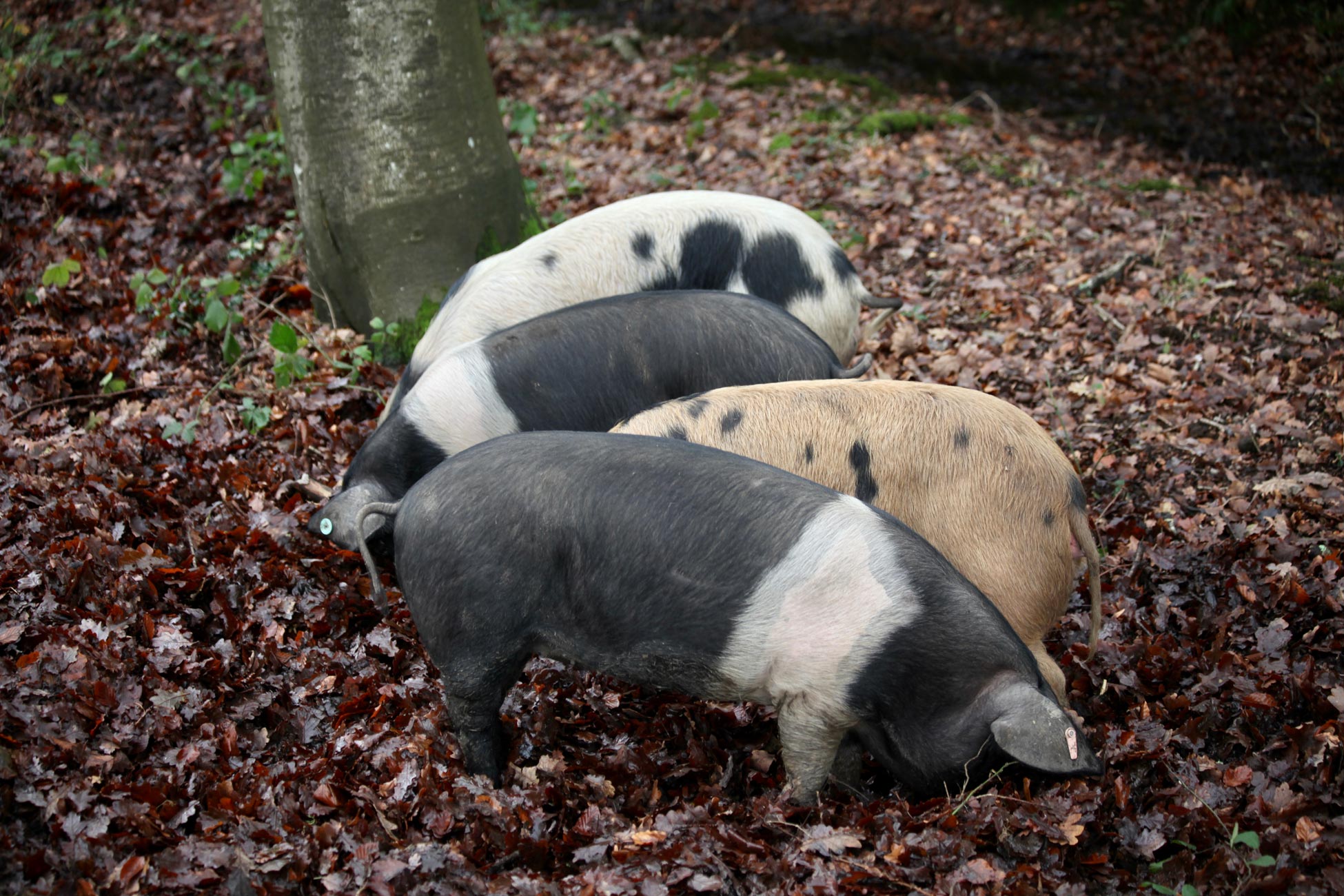

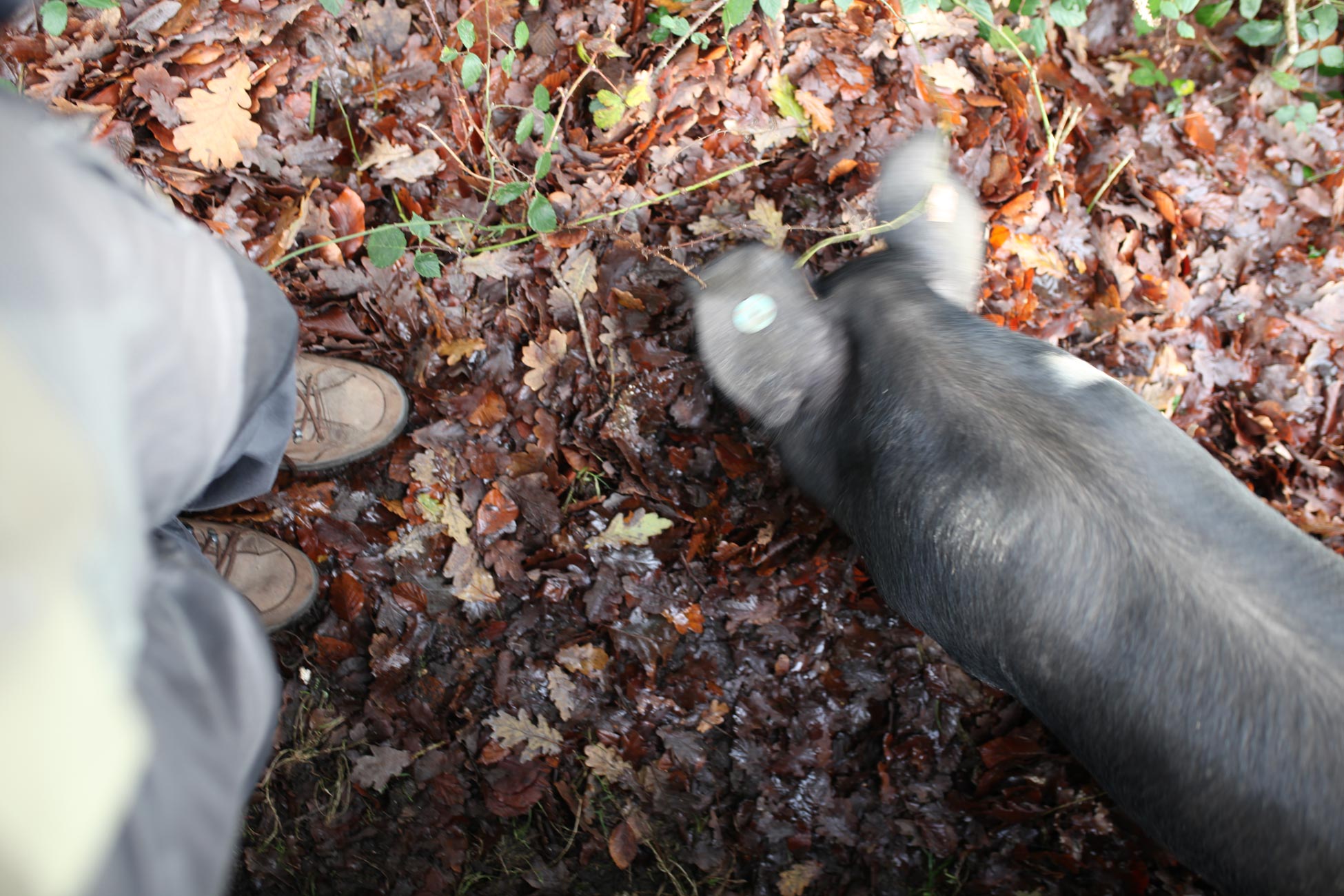

Pigs at pannage snuffled-snorted, as they burrowed their eager way into heaps of autumn leaves and muddy ditches, occasionally trotting backwards and forwards across Holmsley Road. The last three pictures in this gallery represent the slobbering mobbing to which I was subjected when I emerged from the car in order to photograph the mobile pork in search of a different kind of mast. It was difficult enough to dodge the trotters and keep focussed without being nipped in the back of the leg while attempting to capture the little Gloucester Old Spot. Fortunately neither my trouser nor my skin was penetrated.
The rain set in for the rest of the day after we returned home.
For this evening’s dinner Jackie produced a minced beef pie with a topping of potato slices; crunchy carrots and cauliflower; firm Brussels sprouts, and meaty gravy with which she drank Hoegaarden and I drank more of the Malbec.
Travel Challenge, Day 5
I was nominated by my friend Judy Dykstra-Brown to post one favorite travel picture a day for ten days without explanation, then to nominate someone else to participate. That’s 10 days, 10 travel pictures, and 10 nominations. I may not make it to the end of ten days, but for now I nominate Paol Soren. Please link to me so I know you have participated. If you are not interested, no problem. Nowhere in the rules does it say you can’t guess where the photo was taken and that I can’t agree if you are right. Derrick
“Some Soggy Ponies”
On this dismal, dank, afternoon Jackie suggested: “let’s go find some soggy ponies”, so off we drove and the animals obliged.
Foxglove and Twinkle were nowhere to be seen, for their field was under water and there was no room for them in the hen coop.




Much of the moorland was similarly submerged, sometimes with rippling windblown surfaces.









The Norleywood band of Shetlands ignored the rain seeping into their hides and blended into the bracken occasionally decorating their dripping manes.
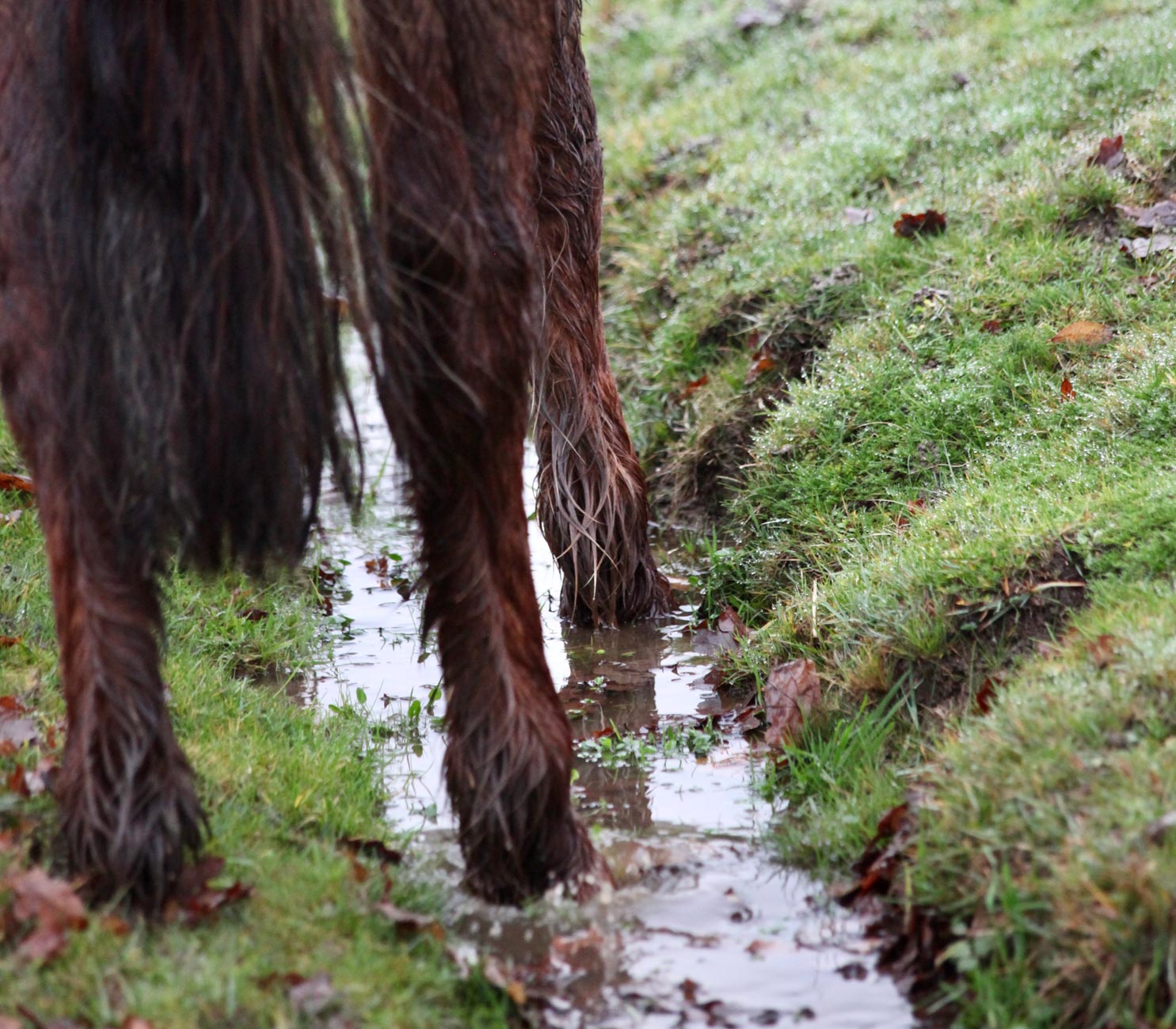














Paddling in ditchwater, reflecting in leaf-strewn puddles, swaying onto the glistening tarmac, or burrowing into tempting hedges, their larger equine cousins were equally focussed on fodder.
This evening we dined on tender roast lamb; crisp Yorkshire pudding, roast potatoes and parsnips; crunchy carrots and cauliflower; firm Brussels sprouts, and meaty gravy with which Jackie drank Hoegaarden and I drank Western Cape Malbec 2019.
Travel Challenge, Day 4
I was nominated by my friend Judy Dykstra-Brown to post one favorite travel picture a day for ten days without explanation, then to nominate someone else to participate. That’s 10 days, 10 travel pictures, and 10 nominations. I may not make it to the end of ten days, but for now I nominate Sheree. Please link to me so I know you have participated. If you are not interested, no problem. Nowhere in the rules does it say you can’t guess where the photo was taken and that I can’t agree if you are right. Derrick
Christmas Is Coming
Becky had stayed over yesterday evening in order to drive me to Lymington Market to buy some presents which cannot yet be named.
Many others thronged the High Street with no possible social distancing and not always wearing masks. I managed to buy most of what I had come for and take a few photographs of stalls I could get near.
A Nativity scene graced the Children’s Charity window.





These are samples of the stalls.
After lunch we enjoyed a happy conversation until, just before sunset, our daughter set off home for Southbourne.
We then took a short drive hoping to catch the last of the light. The sunset was rather uninspired.


On Everton Road we stopped and chatted with Robert Gill as I photographed his Christmas display. I told him I had been posting pictures of his scarecrows for some years and was happy to give him the link.
This evening we dined on more of Hordle Chinese Take Away’s tasty dishes with which Jackie drank Hoegaarden and I drank more of the Malbec.















